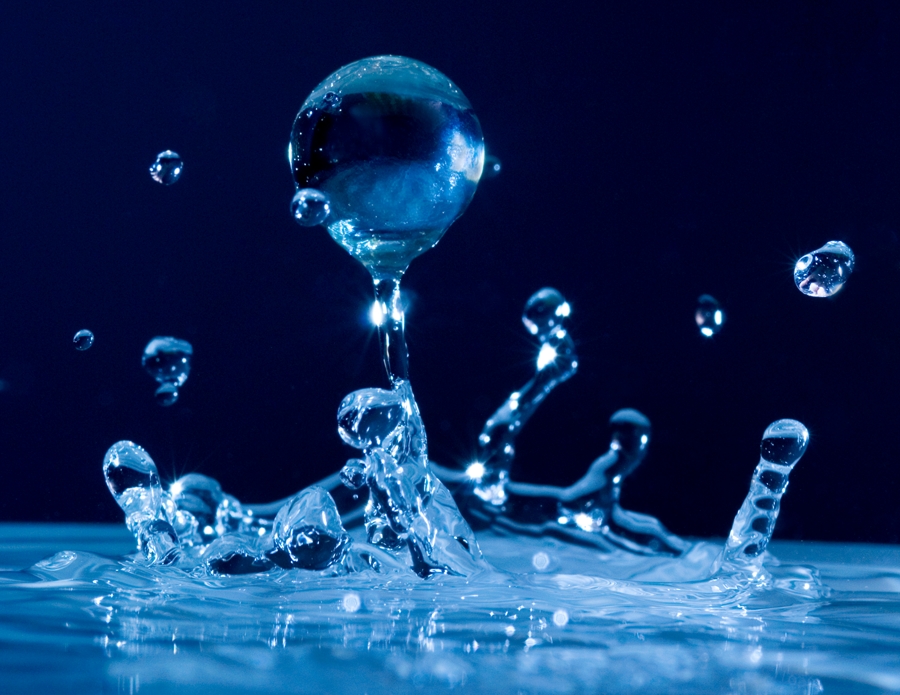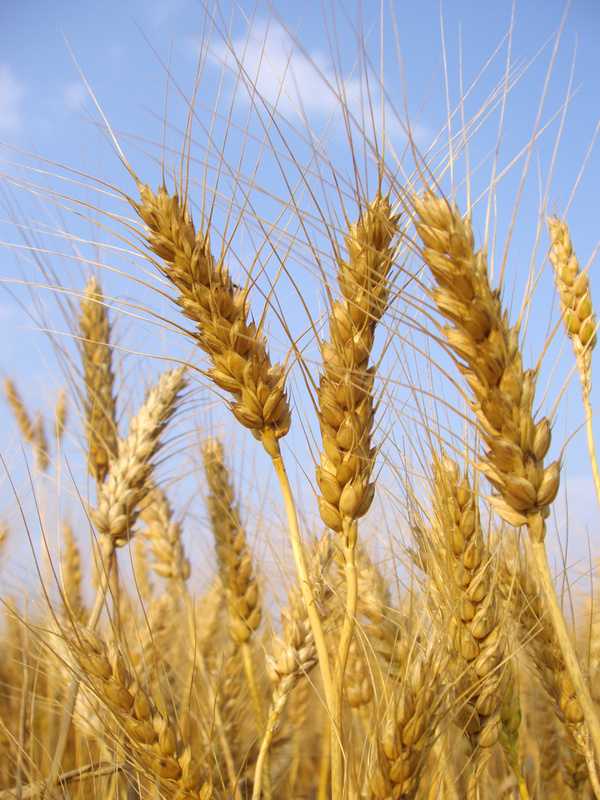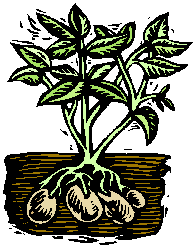Why so much focus on drainage?
 The answer is that the prerequisite for
good human life is food and clean water. Given the requirement of a sustainable
way of producing crops to feed human population we must have an efficient
functioning draining system for all arable land. If not, the amount of produced food will
not be enough or the water is bad or is in shortage. It is a fact that draining
increases soil fertility and crop yield, helps crops roots to better utilize the
nutrients, which will in turn decreases the nitrogen leaching. It also improves
timeliness of field operations such as machine driving.
The answer is that the prerequisite for
good human life is food and clean water. Given the requirement of a sustainable
way of producing crops to feed human population we must have an efficient
functioning draining system for all arable land. If not, the amount of produced food will
not be enough or the water is bad or is in shortage. It is a fact that draining
increases soil fertility and crop yield, helps crops roots to better utilize the
nutrients, which will in turn decreases the nitrogen leaching. It also improves
timeliness of field operations such as machine driving.
As we also have erosion of land in a global
perspective and an yearly greater population to feed the above statements are
important aspects of human survival in the long run. On top of that the climate
changes are added, in many cases to the worse, as the sea level and temperature
will rise and we will see more rainfall and more dry seasons.
 Another
obvious reason for focusing on drainage is that it is very much related to
water and water transport. We are all aware of that water is the carrier for
nutrient transport as it dissolved into it. This makes us very dependence of
good water management systems. In Sweden we have normally a surplus of clean
ground water but that is not necessarily so in other countries. Other areas may
have water shortage and water may not even be clean. There have been found both
pesticides as well as nitrate in ground water. Let's not end up there!
To accumulate waste water from arable land and re-use (recycle) it for irrigation
can be seen as cleaning process to separate water of production and water of
life.
Another
obvious reason for focusing on drainage is that it is very much related to
water and water transport. We are all aware of that water is the carrier for
nutrient transport as it dissolved into it. This makes us very dependence of
good water management systems. In Sweden we have normally a surplus of clean
ground water but that is not necessarily so in other countries. Other areas may
have water shortage and water may not even be clean. There have been found both
pesticides as well as nitrate in ground water. Let's not end up there!
To accumulate waste water from arable land and re-use (recycle) it for irrigation
can be seen as cleaning process to separate water of production and water of
life.
So how do we deal with the problem?
A good start is to go from existing
drainage system and modify it for CDI. Following is a graphical description of
current drainage system at Ragnabo Farm,
Drainage system (Google Map). While
zooming out it can be seen with a naked eye the water quality nearby the coast
line is quite eutrophicated (over-fertilized). When zooming in it can be seen
the drainage network of sub-surfaced tile drainage as an overlay to earth
picture. Some tile pipes appear as fish bones on the map. The tile pipes are
separated in average of 18 meters in distance and are placed 50-85 cm below the
surface with a total length of 21 km if put in a long line. Most of the tiles
have been cleaned in recent years and all are functioning properly.
What
is produced on Ragnabo Farm?

 What are not clearly seen in the earth map are
the crops that are produced on the arable land. Currently the farm produces both
cereals and potatoes. On top of that farm produces also soft values such as
'clean water' and 'good recreational surroundings with forests and water pond'.
To summarize there are many things that are produced on Ragnabo Farm to make
life pleasant.
What are not clearly seen in the earth map are
the crops that are produced on the arable land. Currently the farm produces both
cereals and potatoes. On top of that farm produces also soft values such as
'clean water' and 'good recreational surroundings with forests and water pond'.
To summarize there are many things that are produced on Ragnabo Farm to make
life pleasant.
The prerequisite for a good human life is sustainable at Ragnabo Farm.
 The answer is that the prerequisite for
good human life is food and clean water. Given the requirement of a sustainable
way of producing crops to feed human population we must have an efficient
functioning draining system for all arable land. If not, the amount of produced food will
not be enough or the water is bad or is in shortage. It is a fact that draining
increases soil fertility and crop yield, helps crops roots to better utilize the
nutrients, which will in turn decreases the nitrogen leaching. It also improves
timeliness of field operations such as machine driving.
The answer is that the prerequisite for
good human life is food and clean water. Given the requirement of a sustainable
way of producing crops to feed human population we must have an efficient
functioning draining system for all arable land. If not, the amount of produced food will
not be enough or the water is bad or is in shortage. It is a fact that draining
increases soil fertility and crop yield, helps crops roots to better utilize the
nutrients, which will in turn decreases the nitrogen leaching. It also improves
timeliness of field operations such as machine driving. Another
obvious reason for focusing on drainage is that it is very much related to
water and water transport. We are all aware of that water is the carrier for
nutrient transport as it dissolved into it. This makes us very dependence of
good water management systems. In Sweden we have normally a surplus of clean
ground water but that is not necessarily so in other countries. Other areas may
have water shortage and water may not even be clean. There have been found both
pesticides as well as nitrate in ground water. Let's not end up there!
To accumulate waste water from arable land and re-use (recycle) it for irrigation
can be seen as cleaning process to separate water of production and water of
life.
Another
obvious reason for focusing on drainage is that it is very much related to
water and water transport. We are all aware of that water is the carrier for
nutrient transport as it dissolved into it. This makes us very dependence of
good water management systems. In Sweden we have normally a surplus of clean
ground water but that is not necessarily so in other countries. Other areas may
have water shortage and water may not even be clean. There have been found both
pesticides as well as nitrate in ground water. Let's not end up there!
To accumulate waste water from arable land and re-use (recycle) it for irrigation
can be seen as cleaning process to separate water of production and water of
life.
 What are not clearly seen in the earth map are
the crops that are produced on the arable land. Currently the farm produces both
cereals and potatoes. On top of that farm produces also soft values such as
'clean water' and 'good recreational surroundings with forests and water pond'.
To summarize there are many things that are produced on Ragnabo Farm to make
life pleasant.
What are not clearly seen in the earth map are
the crops that are produced on the arable land. Currently the farm produces both
cereals and potatoes. On top of that farm produces also soft values such as
'clean water' and 'good recreational surroundings with forests and water pond'.
To summarize there are many things that are produced on Ragnabo Farm to make
life pleasant.